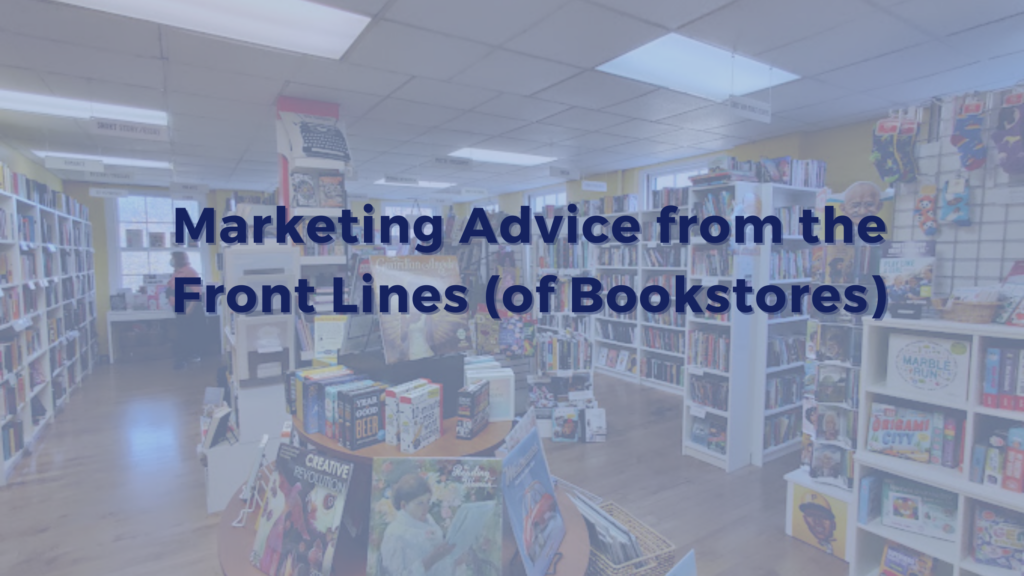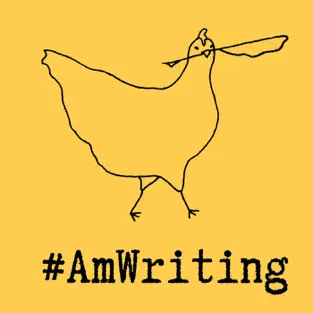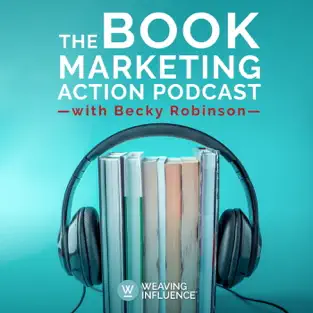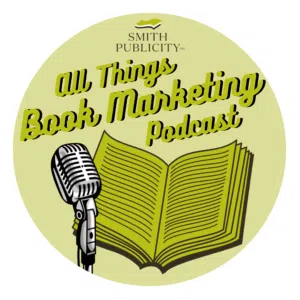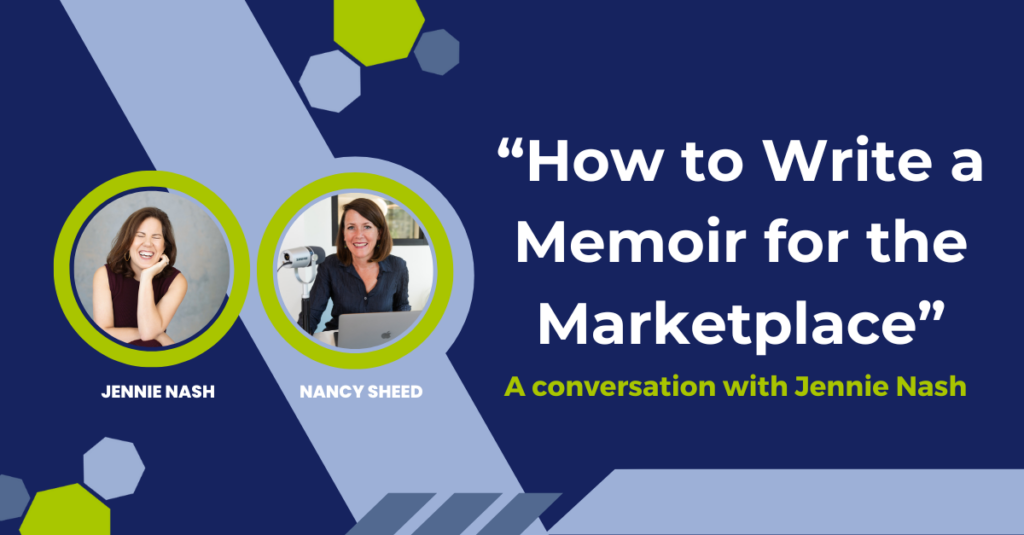How can I make my website more marketing savvy?
Even in this era of social media proliferation, your website is still a key marketing tool for you and your business. As it is controlled by you (not a mega platform that changes the rules of engagement frequently and unexpectedly), it makes sense to regularly check that your website is working as hard as it can for you.

No matter what you or business offers, the goal of your website should be inviting, easy to use and engaging as possible, so that it encourages visitors to take action.
I was recently asked by a client to give them my advice for important elements or components that they should consider or review for the next version of their website to make it more “marketing savvy”. Below is a fairly comprehensive checklist to help you get the most out of your website.
13 ways to elevate your website for success
1. Focus on an easy, inviting, navigation and visitor experience once on site.
Having an easy-to-navigate site is crucial. Visitors need to be able to easily find what they’re looking for on your site, and you need to make sure that they have a good experience when they do. Start by creating an easy, simple navigation and engaging visitor experience.
2. Make sure it is responsive and functions really well on mobile.
You know that responsive design or even “mobile first” is a must-have for any business. Not only does it make your site look great, but it also makes it easier for customers to use. Your site will feel more like a real place, instead of some virtual void.
3. Highlight a quick video about who you are and who you serve on the homepage (or your About page).
The video could be a short explanation of what your business does, or maybe it’s just a fun fact about yourself that makes you excited to work with other people. It could also be a funny story about how you came up with your name, or an inspirational quote about perseverance. Whatever it is, make it quick and fun!
4. Include thoughtful CTAs, (calls-to-action) throughout the site.
CTAs (calls-to-action) are an important part of any website, and they should be thoughtful and well-placed. They’re meant to entice users to take the next step in their journey with you and your brand. But if you’ve ever tried to write a CTA, you know how tricky it can be!
5. Design an easy opt-in, lead gen and/or sign up for your downloadable content and email newsletters.
Your website is the first thing people see when they land on your site, so it’s important that it’s easy to navigate and provides the information visitors need. Create a simple opt-in page that allows visitors to sign up for your newsletter or other offers in one click.
6. Visitors would love to see previous client testimonials and press, ie. some sort of third party endorsements throughout the site.
When you want to refresh your website, it’s easy to get caught up in the details. But the reality is that most people just want to know what it’s like to use your services and products, and if you’re offering those things, the testimonials of happy customers and you sharing your thought leadership with the media are going to be extremely valuable.
7. Provide a better online calendar or event experience, both in navigating and in sharing on social media.
If your business is heavy on events, consider adding a better online calendar/event experience. You want your visitors to make it easier for them to get the most out of your events.
8. Make a friendly, inviting, easy path to join your community or membership.
Your membership (if you have one) should be easy to sign up for and access, so that people feel like they’re getting as much value out of their membership as possible!
Make sure that all of the information about how to join is easily accessible from one place without having to search through multiple pages on your site (or email correspondence).
9. Add a search bar or search function to easily find all of your great content.
Searching for content on an especially robust and comprehensive blog is a pain. You don’t want your visitors scrolling and scrolling. They can’t just type in some keywords and hope to find everything. Include a search bar or search function so visitors can find specific content easily.
10. Ideally all pages (not just blog posts) should be easy and user-friendly to share in social media – and look good when shared.
We’ve all been there: You’re looking at your Facebook or Linkedin post and you see that your latest blog post has only a few likes and comments.
“What happened?” you ask yourself. “It looks great! And I know it had more likes than that!” The answer is simple: Your post wasn’t easy to share on Facebook. The image was wonky, it was hard to read, and it looked bad when shared as a social media post.
And so what happens? People don’t share your content on social media because they don’t want to deal with the hassle. So make it easy for them to share your content in a way that makes them and your content look good.
11. Make sure your social media icons (with the correct links) are easy to find (even if in footer) for people who want to find and follow you in different ways.
Have you ever been on a website, and all of a sudden, you get this nagging feeling that the site is missing something? Maybe it’s the little icon at the bottom of the page that tells you where to find the contact information or how to unsubscribe.
It may seem like a small thing, but it can completely change how your visitors feel about using your website.
12. Create a special “landing page from social / IG” instead of using “linktree” or “linkinbio”.
Leads are the lifeblood of a business. It’s not enough to just have great services, you need to be able to capture leads and turn them into customers. There are many different ways you can do this and many use linktree or linkinbio.
You could also consider creating a hidden page on your website – that features the most immediate content and CTAs you’d like your Instagram (or other social media) fans to see.
This is an excellent tool for increasing your online presence. It allows you to build and manage all of your links in one place and gives you access to any link at any time, even if it has been removed from the index by Google or another search engine.

Ninja but necessary…
You should not forget to make sure that the site “plays nicely” with Google and all of the search engines, so make sure to:
13. Optimize for Google and best search practices
It’s important to make sure your site is search-engine friendly. Not only will this help you attract more potential customers, but it will also help ensure that your website stays atop of the rankings.
The first step to ensuring your site is optimized for search engines is to make sure you have a domain name that allows you to optimize your content for SEO purposes. Make sure that it has certain keywords in the name and that you have an active website with relevant content.
13a) Properly set up for Google Analytics 4
Keep in mind that Google is the king of search engines. That means that if you want to get the most out of your site, you need to make sure you are set up with the most recent and updated version of Google Analytics – GA4!
Now that Google is using GA4 for tracking visits, you’ll get a much better sense of how “engaged” your audience is. You can also see which pages they’re clicking on and when they visit them. This information will help you determine which pages are working best for your business and what kind of content you should be creating.
13b) Be thoughtful with your navigation hierarchy and headline strategy
It’s easy to get caught up in the excitement of refreshing your website and forget that it’s not just about the look and feel. Setting up your site so that it’s search engine friendly is just as important as making it look great!
A strong navigation hierarchy and headline strategy improve user experience by making it easier for visitors to find relevant content. Additionally, clear navigation and strategic headlines enhance the crawlability (yes that’s a word!) of your site for search engines, allowing them to understand the structure and relevance of your content, ultimately boosting your SEO (search engine optimization) performance.
13c) Ensure images are also optimized for best practices and accessibility compliant
Optimized images contribute to better search engine rankings, as search algorithms favor fast-loading and accessible websites, thus improving overall visibility and organic traffic. It enhances user experience by improving site loading times, especially on slower connections, leading to higher engagement and reduced bounce rates. And accessibility compliance ensures that all users, including those with disabilities, can access and understand the content, promoting inclusivity and widening the audience reach.
Are you ready for a website refresh?
Your website visitors are your community! Make sure your site is as welcoming and easy to navigate as it can be. If your site is out-of-date, confusing or hard to find, then it is going to decrease your chances of growing your community, engagement and enhanced visibility.
Make sure that the user always knows what they can do next, don’t make them jump through hoops or miss out on your core message because you haven’t presented it in a clear and logical way.
You’ve got a great message, product, service to share with your audience – LET’S MAKE IT SHINE!
I’d love to hear which of these things you want to update for your website. If you’re having trouble getting started, need someone to brainstorm with, looking for a planning partner or just need some accountability then let’s chat. I’d love to see how I can help!
[*Full disclosure: This cobbler has no new shoes and is about to work on her own site for the first REAL REFRESH in nearly eight years! Do as I say NOT as I do – but I will be bringing you along for the journey!!! Stay tuned!]
